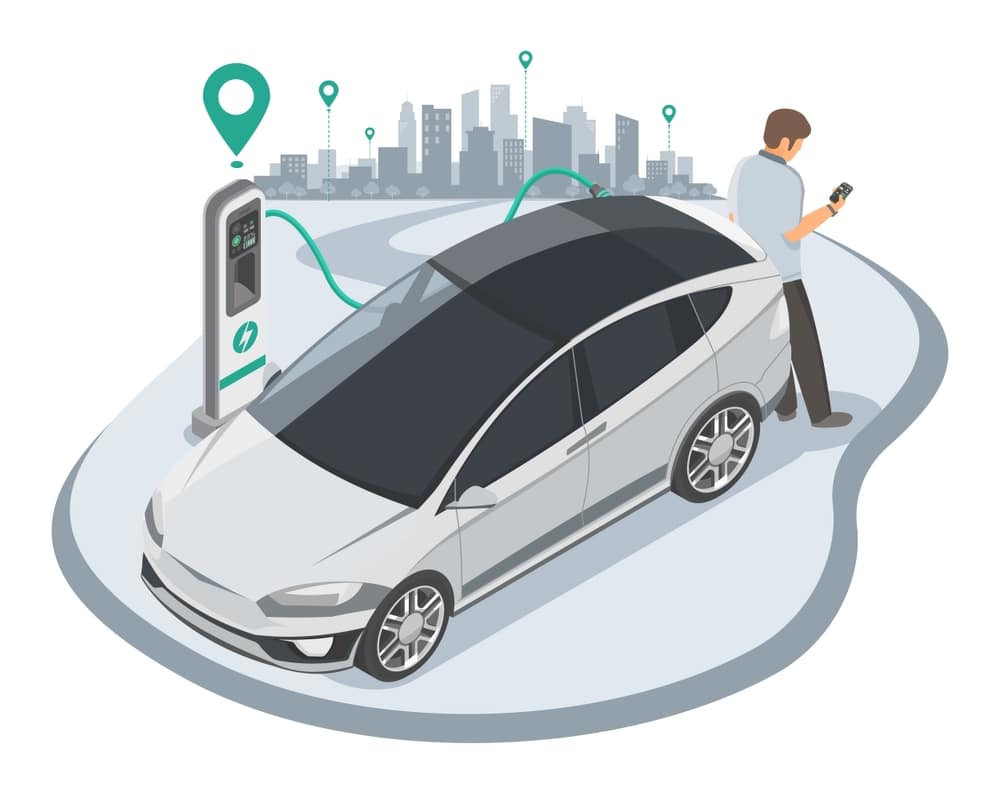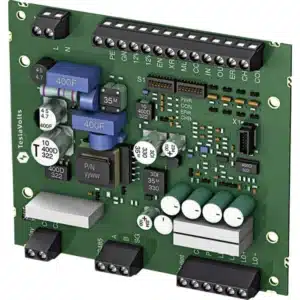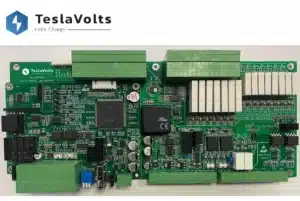The way we charge Electric Vehicles (EVs) is as critical as how we drive them – perhaps even more, when we consider environmental and financial implications.
Think of the power grid as a colossal battery that powers our homes, schools, and businesses. Charging a multitude of electric cars simultaneously could burden this battery, potentially leading to overloads or even blackouts.

Load management is all about guaranteeing that our electric vehicles charge effectively without upsetting the power grid.
To avert this, load management employs intelligent charging technologies and special pricing to motivate people to charge their EVs during non-peak hours. This aids in balancing the power grid’s demand and ensures everything operates smoothly.
In this article, we will delve into the two distinct types of load management – static and dynamic. We will break down how they function and the pros and cons of each.

Static vs Dynamic Load Management – Determining the Optimal Charging Strategy When it boils down to charging electric vehicles, it’s crucial to comprehend the varying strategies of load management. The two principal types are static load management and dynamic load management.
In this section, we’ll unpack each to help you decide the appropriate charging strategy for your individual EV or fleet of EVs.
Static Load Management – Prioritizing Consistency Static load management revolves around unchanging charging rates. Irrespective of the power grid’s state, the rates are fixed for all EVs at all times. This tactic suits smaller charging stations with a restricted capacity the most.
However, adhering to a one-size-fits-all charging rate could lead to overloads or underutilization of charging stations during high or low traffic hours.
Pros of static load management include simplicity, cost-effectiveness, and suitability for small charging networks. Its cons encompass its inability to adapt to fluctuating demand and possible inefficiency in using charging stations.
Dynamic Load Management – Adjusting to Variations Dynamic load management employs an intelligent charging system that modifies according to the power grid’s real-time status. It is ideally suited for larger EV charging networks with high demand. Altering the charging rates based on the available capacity helps to enhance the charging process and trim energy costs for EV owners and utilities.
Pros of dynamic load management involve considering factors like battery level, time of day, and energy prices to prioritize charging for certain EVs. This ensures you’re always getting the most efficient charge possible. On the flip side, it is more expensive and complex, necessitating larger and more sophisticated EV charging networks.
Overall, static load management offers a straightforward and economical option for smaller EV charging networks, while dynamic load management provides enhanced efficiency and flexibility for larger networks with higher demand.
Choosing Between Static and Dynamic Load Management In this section, we’ll underscore the main differences between static and dynamic load management and aid in deciding which one is better suited for your EV charging needs.
Static and dynamic load management offer different strategies for managing the charging of electric vehicles. Choosing the appropriate load management method for your specific EV charging network can significantly impact efficiency, costs, and the overall user experience.
Remember, static load management is the go-to choice for smaller networks with limited capacity and predictable demand. On the other hand, dynamic load management is ideal for larger, more sophisticated networks with high or variable demand, as it can optimize charging processes and minimize energy costs.
Regardless of the load management method you pick, TeslaVolts can support you in optimizing your charging management practices. TeslaVolts cloud-based charging solution allows you to leverage real-time data and smart charging technology to optimize your fleet yard management, promising a more efficient and eco-friendly EV charging experience.




